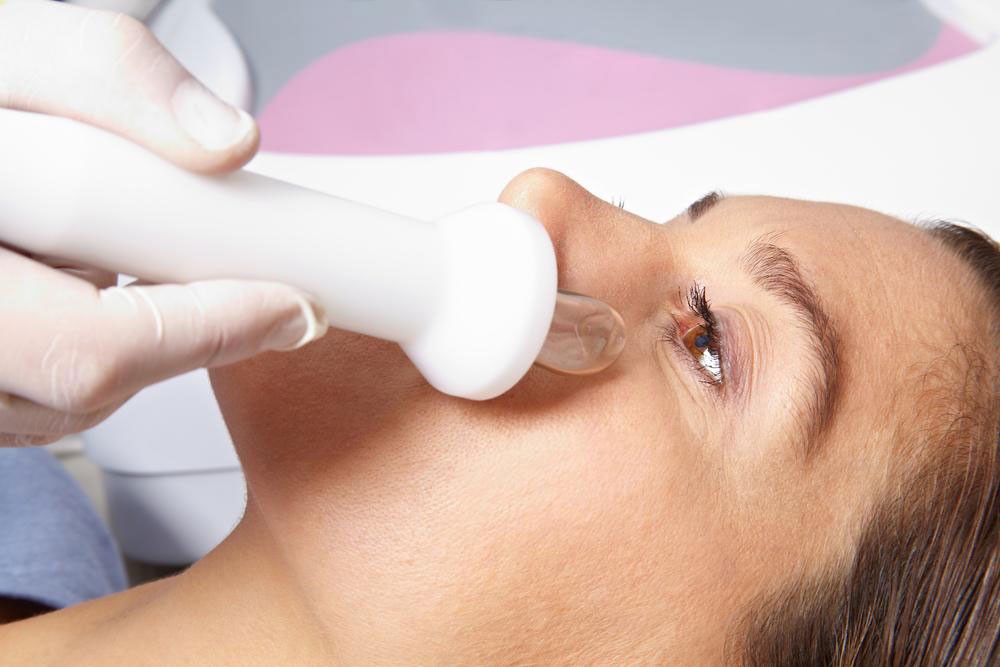
The Types of Facial Plastic Surgeries
The appearance of an individual, their face and facial expressions are very important for everyday communication with other people. How we look can have an enormous impact on the other person – as the saying goes “First impression is the last impression”. Everyone is not born perfect and many are born with facial abnormalities like birthmarks which look ugly, birth defects, cleft lip, or injury marks which look bad, facial trauma, sun damage, etc. These can be corrected with the help of plastic surgery.
Facial surgery is used to treat many conditions that involve the face, nose, throat, eyes, lips, ears, and neck. Facial plastic surgery is part of otorhinolaryngology which is divided into two sections – cosmetic and reconstructive. Cosmetic plastic surgery helps to enhance the facial features, facial structures, and the entire visual appearance of a person. The most common surgeries include correcting facial wrinkles, liposuction, cheek implants, chin implants, rhinoplasty, eye lifts, and facelifts. ENT specialists are trained to look into these problems.
Reconstructive surgery is done for those who have problems since birth like crooked smile, protruding ears, palate, cleft lip, and birthmarks on the face. It is also used for conditions which are a result of wrongful surgeries, burns, trauma, accidents, and for those who have diseases like skin cancer.
1. Types of treatment
There are non-surgical treatments and procedures which include injectables, microdermabrasion, and chemical peels for some types of facial conditions. Injectables include – Sculptra, Radiesse, Juvederm, Restylane, Dysport, and Botox and other fillers which are placed under the skin to improve its appearance.
2. Facial plastic treatments
Facial reconstruction is for defects of the skin and face due to disease, injury, prior surgery, removing birthmarks, repairing facial trauma, scar removal, reconstruction due to skin cancer, removing birth abnormalities of the lips, palate, and skull.
3. Procedures for the skin surface
- Derma-abrasion is done for the skin to make it look smooth, chemical peels to clear the skin, lasers, etc.
- Otoplasty is used to reshape the cartilage of the ear so that they protrude less.
- Facial implants are done for the chin, cheek, lips to make them look well-defined and prominent.
- Liposuction is done to remove excess fat in the chin and neck.
- Rhytidectomy is a surgery to remove wrinkles from the neck and face.
- Browlift is done to improve the facial look by improving droopy eyes and forehead wrinkles.
- Blepharoplasty is done to improve the look of the eyes by improving droopy eyelids, and surgery of the lower and upper eyelids.
- Rhinoplasty/septoplasty is a surgery for the nose. This surgery reshapes and rebuilds the inside and outside of the nose.
There are certain risks which include reaction to anesthesia, infection, blood clots, bleeding, numbness, nausea, etc. You should avoid smoking for two weeks before the surgery to increase the chances of healing.
Most of these surgeries do not require a hospital stay and the procedure is completed on an outpatient basis. You need to take special care of the incision area. The surgical staples and sutures are removed in the doctor’s clinic. The doctor will recommend diet restrictions, taking proper medications, and restricting certain activities. Patients start to feel comfortable once the bruising and swelling goes down and the appearance improves.


